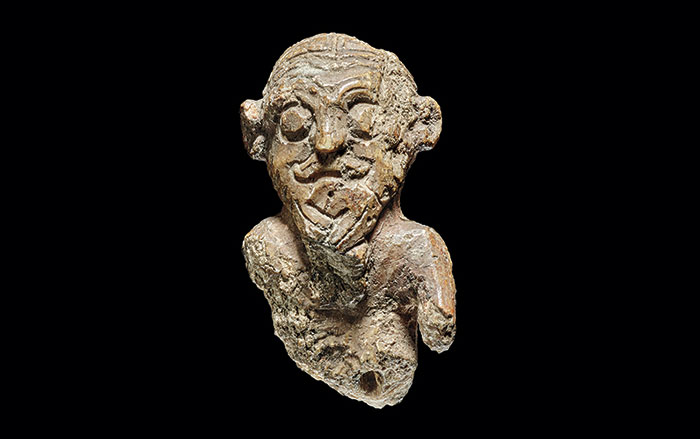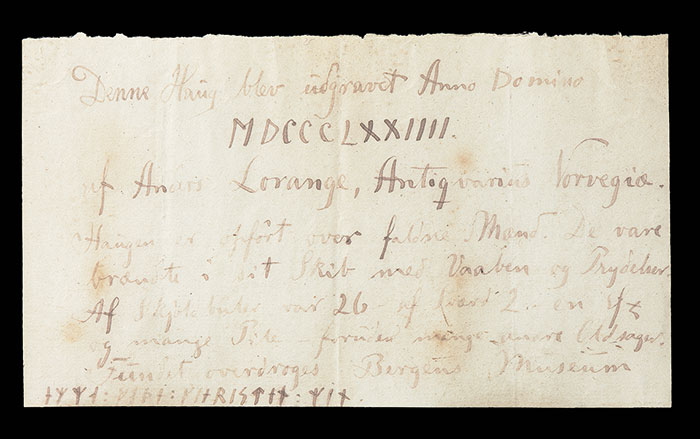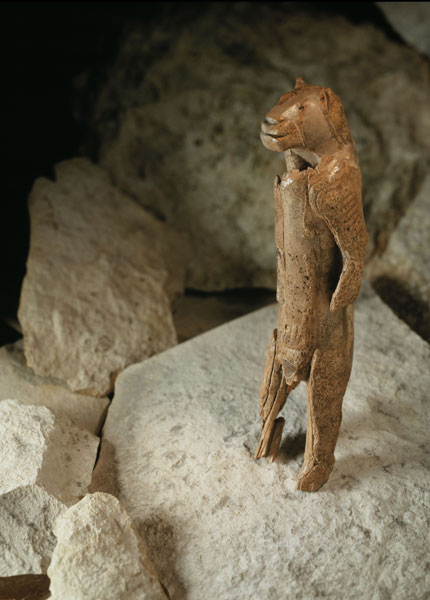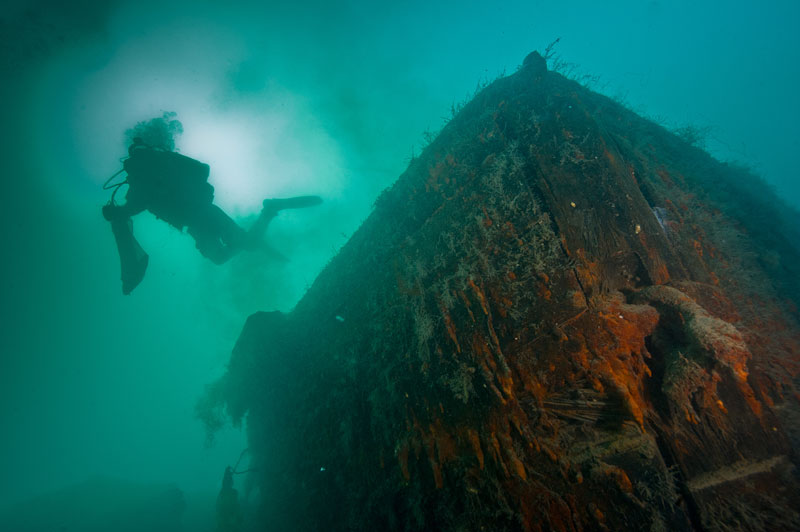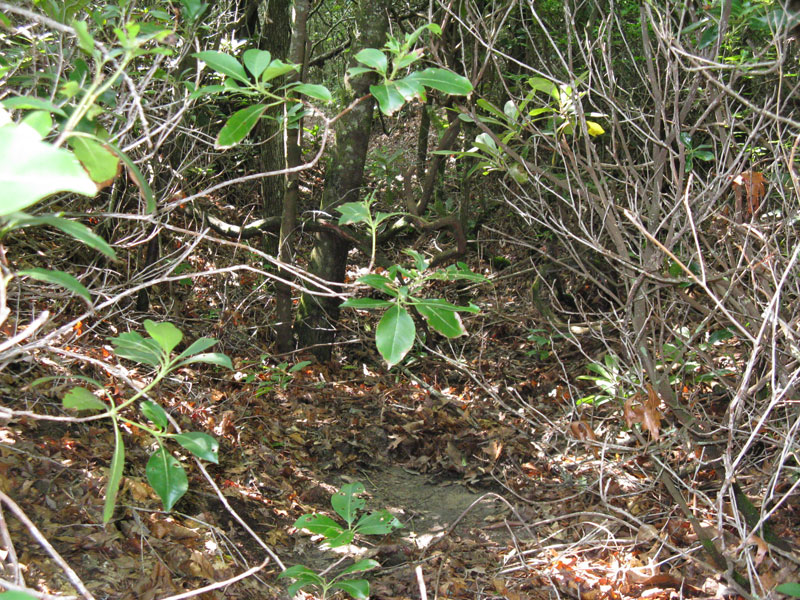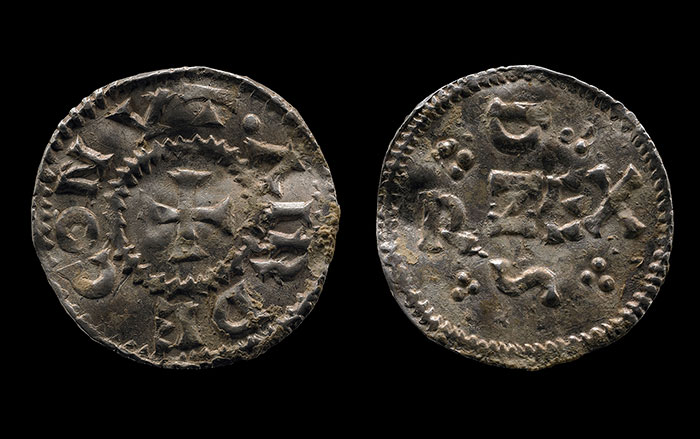
A transparent calcite crystal found 30 years ago on a ship that sank in the English Channel in 1592 could help explain how Vikings were able to sail from Norway to North America 1,000 years ago without magnetic compasses.
The sailors likely relied on the sun and the stars as their guides. Now researchers from France's University of Rennes have demonstrated how a crystal called an Iceland spar (found in Iceland and Scandinavia, among other places), which was recovered from the shipwreck, could be used—even on a cloudy day—to ascertain the sun's position to within a few degrees.
When light passes through the crystal, it is double refracted—the light is split in two, creating an effect similar to a 3-D movie viewed without light-polarizing glasses. According to the authors, as a person holds up the crystal to the sun and rotates it, there's a particular angle at which the two beams of light appear equally bright. By holding the spar at the same orientation and scanning a cloudy sky for a point where the beams line up, Vikings could locate the sun through cloud cover. "Vikings could have exploited the high sensitivity of the human eye to small contrasts," the authors write in Proceedings of the Royal Society A.


